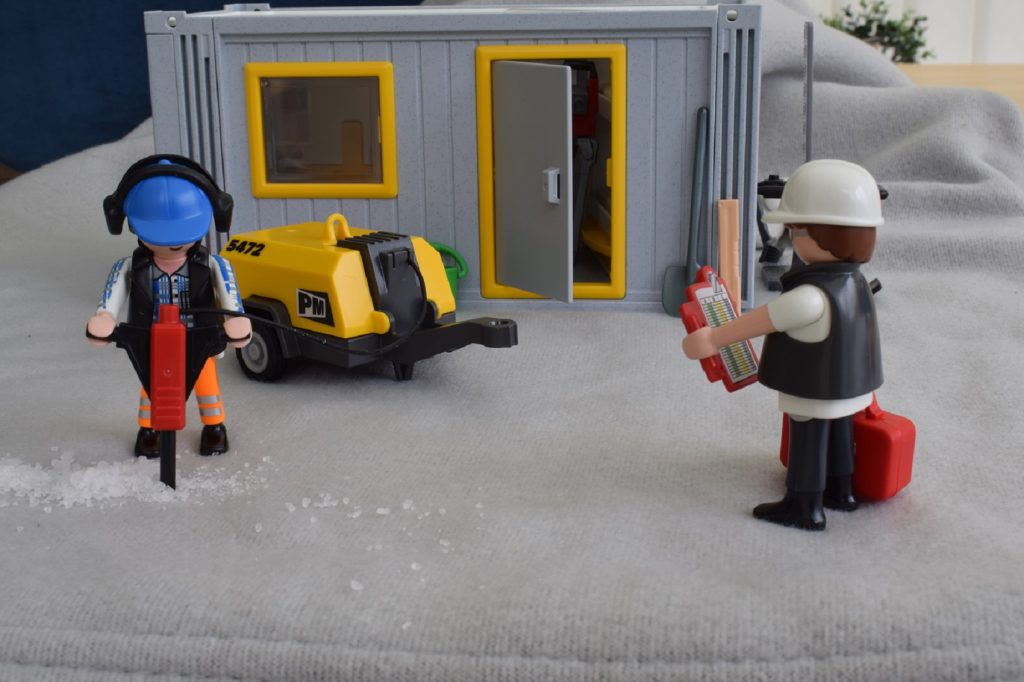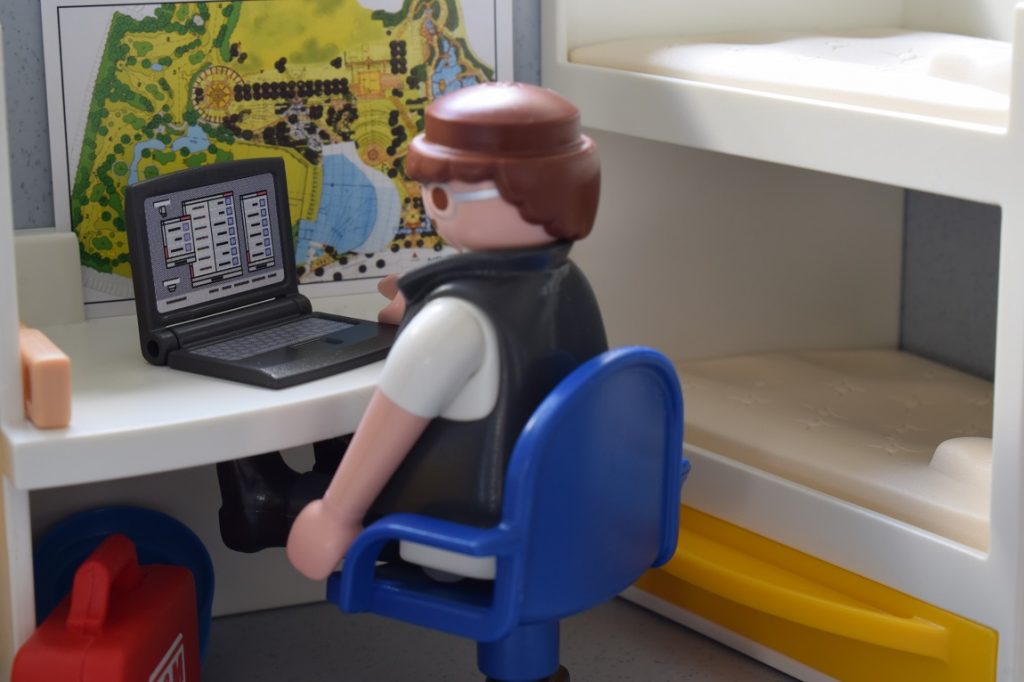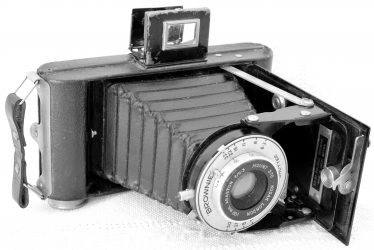Not quite Landscape or Nature photography
In my ‘alter ego’ as as Health & Safety Advisor, Fire Risk Assessor and Business Support Services including marketing, there is another more mundane use of my camera.
Apart from the obvious hazard spotting and reporting with photographic evidence, there is also newsletter production.
Newsletters
I produce a monthly newsletter for my clients on Health & Safety / Fire Safety subjects. My my goal is to illustrate it appropriately without the use of external stock images if at all possible.
People at work
I have hit on a solution which doesn’t involve the hassle of getting permission from real people to photograph them at work. Instead I use toy people (Playmobil™) or miniature artist mannikins. They are quite well behaved, don’t get camera shy, and it is actually fun to set up scenes! This can be done without a full studio although I would use studio lighting rigs if necessary. But I prefer to use diffused natural light as I can use slow shutter speeds with stationary objects. Therefore most of it is shot in my conservatory with the (plain white) blinds drawn so I get a good even light and soft shadows.
Here are a few examples of my little workers illustrating various health and safety matters.

Monitoring of safe working 
Supervising 
Lone working / DSE use 
Dusty job!
Training
The other requirement I had for suitable photographic images was when I was asked to produce training PowerPoints to deliver in-house to groups of workers. For this I set up scenes to illustrate, for instance, safe manual handling. This was where the mannekins came into play, lifting and carrying various items.

I know that a lot of this can be created with animation software but I have found it an interesting creative project as actual still photos.
LinkedIn Posts
I’ll always try to use my own images for H&S-themed LinkedIn posts as well. It helps that I have some real life examples of things like overloaded electrical sockets, plus actual fire incidents. I’m always on the lookout for ordinary ‘stock’ shots of places, equipment and vehicles that can be used for newsletters and LinkedIn posts. Occasionally I will use generic images taken within client workplaces, but always with any identifying features edited out.

